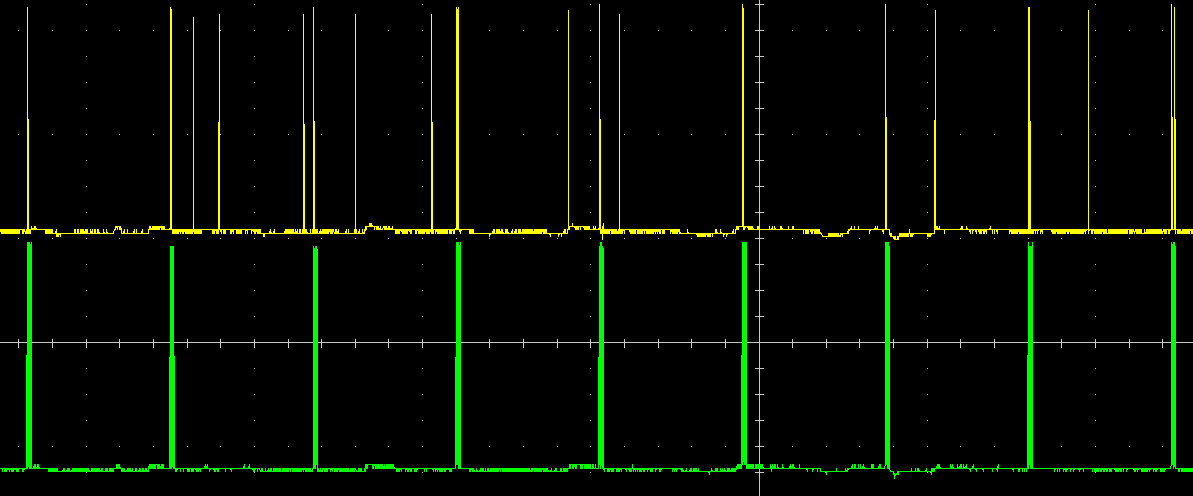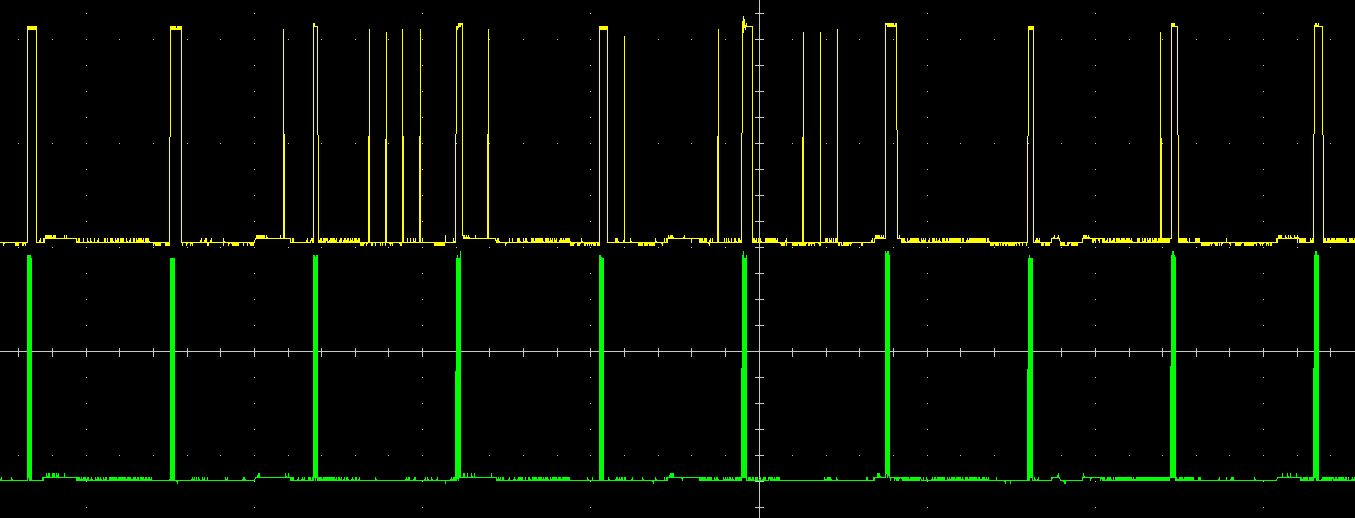Hai
I am currently working on the project with ADS1198 and STM32F103RCT6 controller.The project is completed upto spi data transfer,With the help of ECG simulator I am able to receive 19 byte data out.
In the datasheet it is mentioned that the data is in the 2's complement format with MSB first. Can anyone please help me to tell how the data is extracted?





